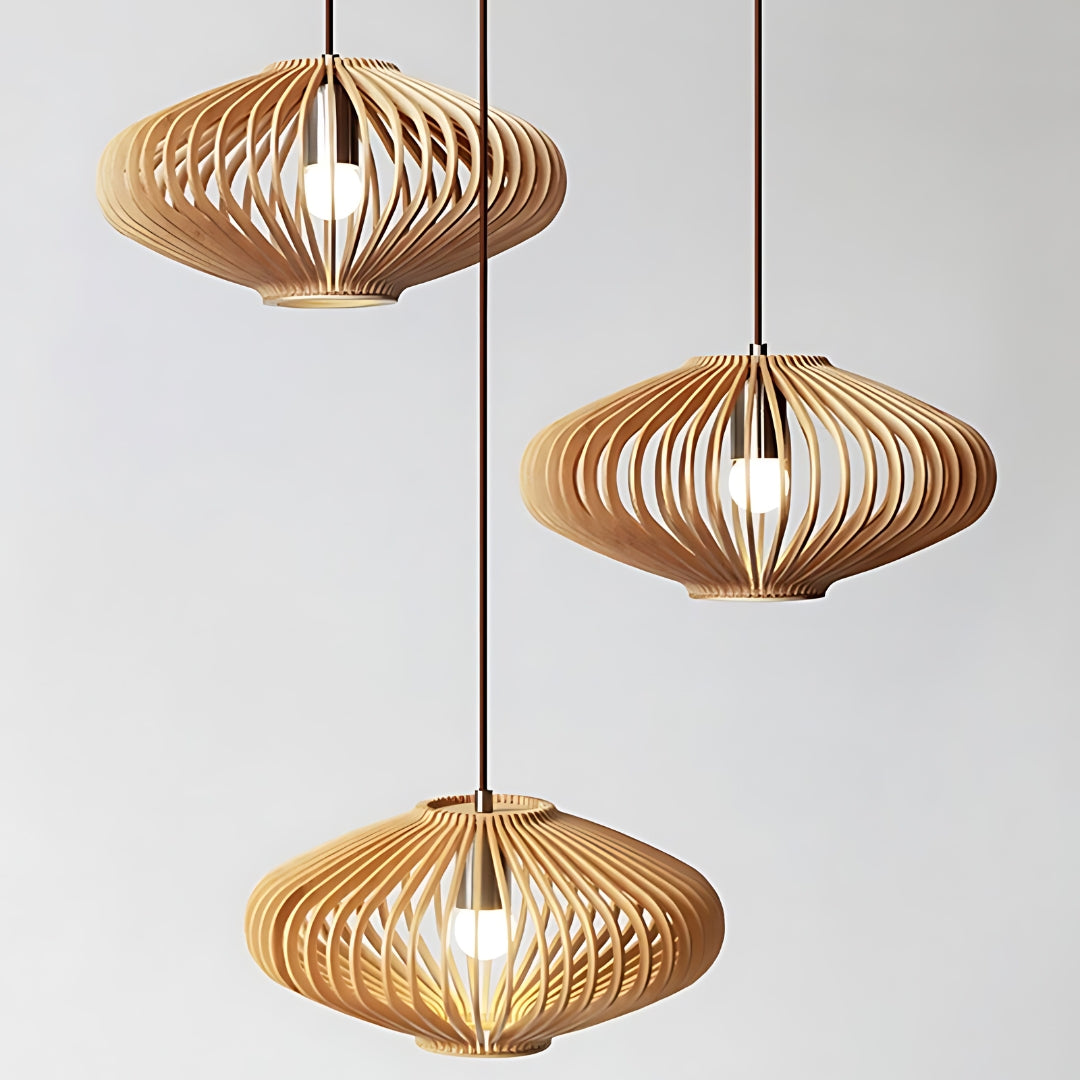The Psychology of Light and Color in Interior Design
When it comes to designing your living space, the interplay of light and color holds immense importance. The way light and color are incorporated into your home can significantly impact the ambiance and mood of each room. Understanding the psychology behind light and color in interior design can help you create spaces that are not only visually appealing but also conducive to your well-being.
Importance of Lighting
Lighting is one of the most crucial elements of interior design. It has the power to shape our emotions and behaviors within a space. Whether it's natural light filtering through the windows or carefully placed artificial lights, the way a room is illuminated can make a significant difference in how we perceive it.
Natural Light vs. Artificial Light
Natural light has a way of making a space feel open, airy, and welcoming. It can enhance the colors in a room and create a sense of warmth. On the other hand, artificial lighting, such as chandeliers, lamps, and ceiling lights, allows for more control over the intensity and color temperature of the light in a room.
The Influence of Color
Color has the ability to evoke different emotions and set the tone for a room. Cool colors like blues and greens can create a sense of calm and relaxation, while warm colors like reds and yellows can energize and stimulate conversation.
Color Theory in Interior Design
Understanding color theory can help you create harmonious color schemes for your living spaces. Complementary colors, analogous colors, and monochromatic color schemes are just a few examples of how colors can be combined to achieve a specific look and feel.
The Psychology of Light Color
When light interacts with different colors, it can alter our perception of those colors. For example, warm light can make a room feel cozy and inviting, while cool light can create a more modern and sleek atmosphere.
Task Lighting vs. Ambient Lighting
Task lighting, such as pendant lighting above a kitchen island or reading lamps next to a sofa, serves a specific function by providing focused light where it's needed. On the other hand, ambient lighting, like a central ceiling light fixture, creates overall illumination for a room.
Creating Balance
Finding the right balance between light and color is key to a well-designed space. Too much of one can overpower the other and disrupt the harmony of a room. Experimenting with different light fixtures and color combinations can help you achieve the perfect equilibrium.
Layering Light
Layering different sources of light, such as overhead lights, floor lamps, and wall sconces, can add depth and dimension to a room. This technique not only enhances the visual appeal of a space but also allows for more flexibility in controlling the lighting levels.
Personalizing Your Space
Your home is a reflection of your personality and style. By understanding how light and color influence our perceptions, you can tailor your living spaces to suit your preferences. Whether you prefer a bright and vibrant aesthetic or a cozy and intimate setting, light and color can help you achieve the desired mood.
Statement Lighting Pieces
Investing in statement light fixtures, such as eye-catching chandeliers or sleek pendant lights, can become the focal point of a room and add a touch of sophistication. These pieces not only illuminate the space but also serve as decorative elements that enhance the overall design.
Enhancing Well-Being
Good lighting design goes beyond aesthetics; it also plays a crucial role in promoting well-being. Natural light exposure during the day can regulate our circadian rhythms and improve our mood, while warm ambient lighting in the evening can create a relaxing environment that aids in restful sleep.
Lighting for Different Spaces
Each room in your home serves a different purpose and requires lighting solutions tailored to its function. Whether it's bright task lighting in the kitchen or soft, ambient lighting in the bedroom, understanding the specific lighting needs of each space is essential for creating a functional and visually appealing environment.
The Art of Illumination
Mastering the art of illumination through the strategic use of light and color can transform your living spaces into inviting and stylish retreats. By incorporating elements that speak to your personality and understanding how light and color influence our perceptions, you can create a home that not only looks beautiful but also feels comfortable and harmonious.











